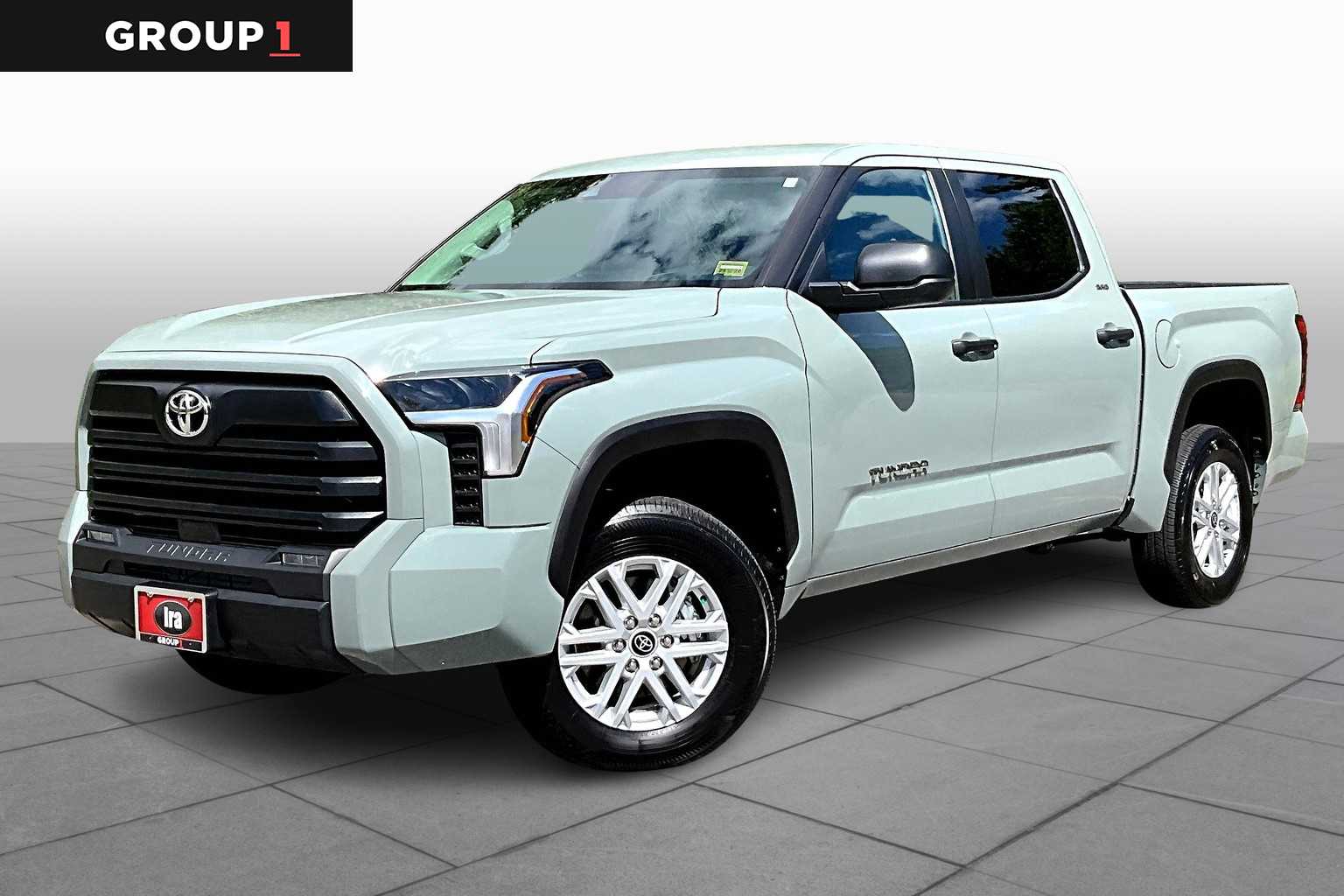
For a manufacturer that pioneered electric-petrol hybrids years back, Toyota appears to exhibit a strange hesitance towards fully electric vehicles. Take its recent battery electric vehicle (BEV), the new Toyota Hilux, for example. On Monday, Toyota introduced the new model, featuring a variant powered exclusively by electricity — a first for the widely-loved pickup (the Hilux also offers petrol, diesel, and hybrid configurations).
Regardless of the variant, the Hilux showcases a revamped design that highlights strength and resilience. It is solely available in a double cab format, equipped with electric power steering and all-wheel drive throughout the range. Inside, the primary infotainment screen is oriented horizontally and measures up to 12.3 inches, matching the driver’s display size.
The attractiveness wanes when considering the battery and range. The electric Hilux is equipped with a 59.2 kWh li-ion battery, providing a WLTP driving range of approximately 149 miles, or 240 kilometers.
This figure is considerably low, particularly when juxtaposed with rivals like Rivian’s R1T pickup, which offers between 270 to 420 miles of EPA range, depending on the battery configuration. It’s crucial to highlight that Europe’s WLTP testing is less stringent than the U.S. EPA standard, implying the Hilux could potentially fall short of a 130-mile EPA range as advertised.
Furthermore, Toyota’s BEVs, such as the bZ4X, have not showcased impressive real-world range results during testing, leading to an electric Hilux that may struggle with long-distance travel, especially when loaded with cargo (a key purpose of pickups).
Toyota intends to launch the electric Hilux in December 2025, though pricing information is still under wraps. It is hoped that the company will provide a variant with a larger battery, as this model could prove to be a tough sell.